A microscope is one of the commonly used equipment in a laboratory setting. A microscope is an optical instrument used to magnify an image of a tiny object; objects that are not visible to the human eyes.
There are two types of optical microscopes and these are the simple and compound microscopes. There are various types of microscopes and each type has a specific set of functions.
The common types of microscopes are:
- Simple microscope – It was the first microscope ever created. It was created by Antony van Leeuwenhoek in the 17th century. He combined a convex lens and a holder for specimens. It looks like a magnifying glass because it has the ability to magnify between 200 and 300 times.
- Compound microscope – It comes with more than one lens and provides better magnification than the simple microscope. A compound microscope is also called a bright field microscope. It can provide magnification by up to 1,000 times.
- Stereo microscope/dissecting microscope – It can magnify objects by up to 300 times. It is used to visualize opaque objects that cannot be visualized using a compound microscope.
- Confocal microscope – It uses laser light to scan a dyed sample.
- Scanning electron microscope – Instead of light, this type of microscope uses electron. This type of microscope is used by researchers in the field of physical, biological, and medical science.
- Transmission electron microscope – it uses electron to create a magnified image. The samples are scanned in the vacuum and so they require special preparation. What is good about transmission electron microscope is that it provides a high degree of magnification and resolution. It is useful in various fields of sciences such as physical and biological science, nanotechnology, metallurgy, and forensic analysis. (1, 2, 3, and 4)
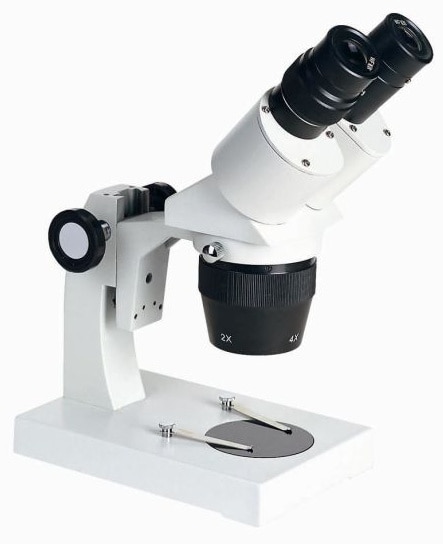
Picture 1: The image above is a stereo microscope.
Image source: made-in-china.com
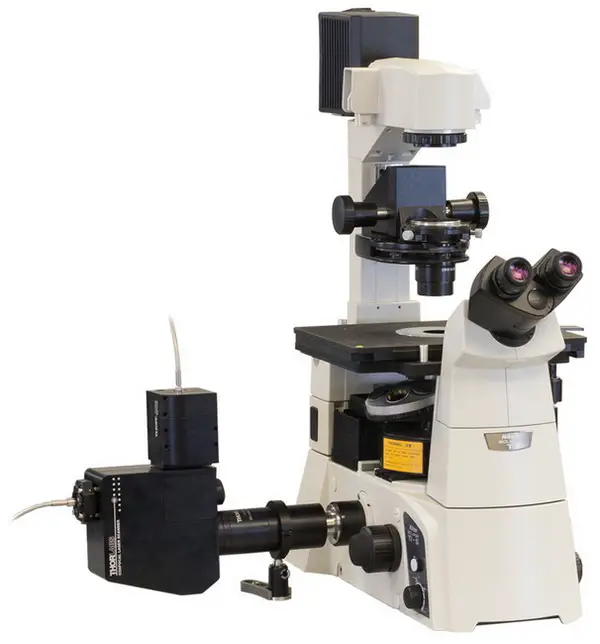
Picture 2: The image above is a confocal microscope.
Image source:thorlabs.com
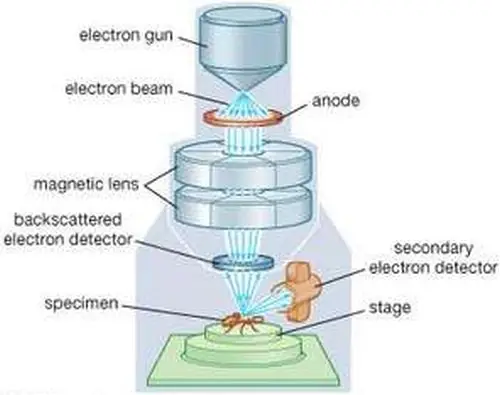
Picture 3: The image above is parts of scanning electron microscope.
Image source:britannica.com

Picture 4: The picture is a transmission electron microscope.
Image source: ysjournal.com
In this article, we are going to tackle a simple microscope, its parts and functions, and its applications.
What is a Simple microscope?
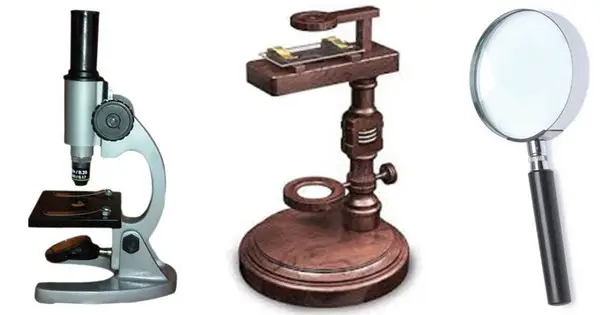
Picture 5: The image shows the evolution of a simple microscope.
Image source: stackpathdns.com
A simple microscope is also called a magnifying glass because of its convex lens of small focal length. It is used to see the magnified image of an object that is not visible to the human eyes. (4)
What is the principle of a simple microscope?
If you place a tiny object within the focus of the simple microscope, a magnified image of the object is formed making it easier for the naked eye peeping through the lens to see the image.
What is the difference between compound microscope and simple microscope?
As the name suggests, a simple microscope uses a single lens for magnification while a compound microscope uses various lenses to further magnify the object. (5)
What are the uses of a simple microscope?
- Watchmaking industry – A simple microscope is commonly used by watchmakers to magnify a small part of the watch.
- Jewelry making – Jewelry makers use a simple microscope to visualize the magnified view of the small parts of the jewelry.
- Agriculture industry – A simple microscope is also useful in the agricultural sector. It is usually used to magnify various particles of various types of soils.
- Palm reading – A simple microscope is used by palmist to visualize the lines of the hands.
- Dermatology – A dermatologist or skin specialist also uses a simple microscope to check for various skin diseases.
- Biology – A simple microscope helps in examining and studying microscopic fungi, algae, and other biological specimens that is difficult to visualize using the naked eyes.
- Other uses – A simple microscope is also useful in other sectors such as enlarging the image of letters of a book, visualizing the details of stamps and engravings, and checking the texture of fibers or threads of a cloth. (5, 6, 7, and 8)

Picture 6: A simple microscope’s parts and functions – Diagram
Also see : Labeling the parts of the Microscope
Image source: slidesharecdn.com
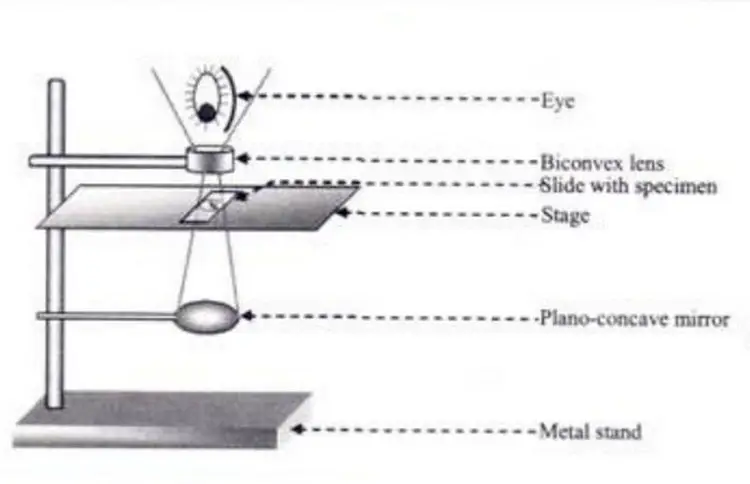
Simple microscope Parts and Functions
A simple microscope’s parts have two classifications: the mechanical part and the optical parts.
What are the mechanical parts?
Mechanical parts pertain to the parts of the microscope that support the optional parts. They help in the adjustment so as to accurately magnify the object. Mechanical parts include the following:
- Metal stand – It comes with a base plate and a vertical rod. The metal stand is an important part for it serves as the support of the entire microscope’s part and provides stability to other parts.
- Stage – The stage of the microscope is a metal plate that is rectangular in shape and fitted to the vertical rod. It comes with a hole in the center that enables the light to pass from below. The stage holds the slide that contains the specimen to be examined for.
- Slanting wings – Some simple microscopes have a pair of slanting wings that project from both sides of the stage. Slant wings support the hand when manipulating the object. (3, 7, 8, and 9)
What are the optical parts?
They are the parts of the microscope that involved passing the light through the specimen and magnify its size. Parts of the optical parts are as follows:
- Mirror – A simple microscope has a plano-convex mirror and its primary function is to focus the surrounding light on the object being examined.
- Lens – The biconvex lens is placed above the stage and its function is to magnify the size of the object being examined. By manipulating it (moving up and down by the frame), you will be able to enlarge the image. (1, 8, and 10)
A simple microscope is a device that only has one lens for magnification. It functions the same way as the magnifying glass. Although it is simple in terms of design and function, it is useful I various fields including medicine, jewelry and watchmaking, and agriculture, to name a few.
References
- https://en.wikipedia.org/wiki/Optical_microscope
- https://www.britannica.com/technology/simple-microscope
- http://www.funscience.in/study-zone/Physics/OpticalInstruments/SimpleMicroscope.php
- http://www.yourarticlelibrary.com/micro-biology/working-principle-and-parts-of-a-simple-microscope-with-diagrams/26490
- http://www.microbiologynotes.com/differences-between-simple-and-compound-microscope/
- https://microbenotes.com/simple-microscope-principle-instrumentation-and-applications/
- https://brunelleschi.imss.fi.it/esplora/microscopio/dswmedia/storia/estoria2_st.html
- https://www2.mrc-lmb.cam.ac.uk/microscopes4schools/microscopes2.php
- https://www.wikihow.com/Use-a-Microscope
- https://microscope-microscope.org/microscope-info/how-to-use-a-microscope/
